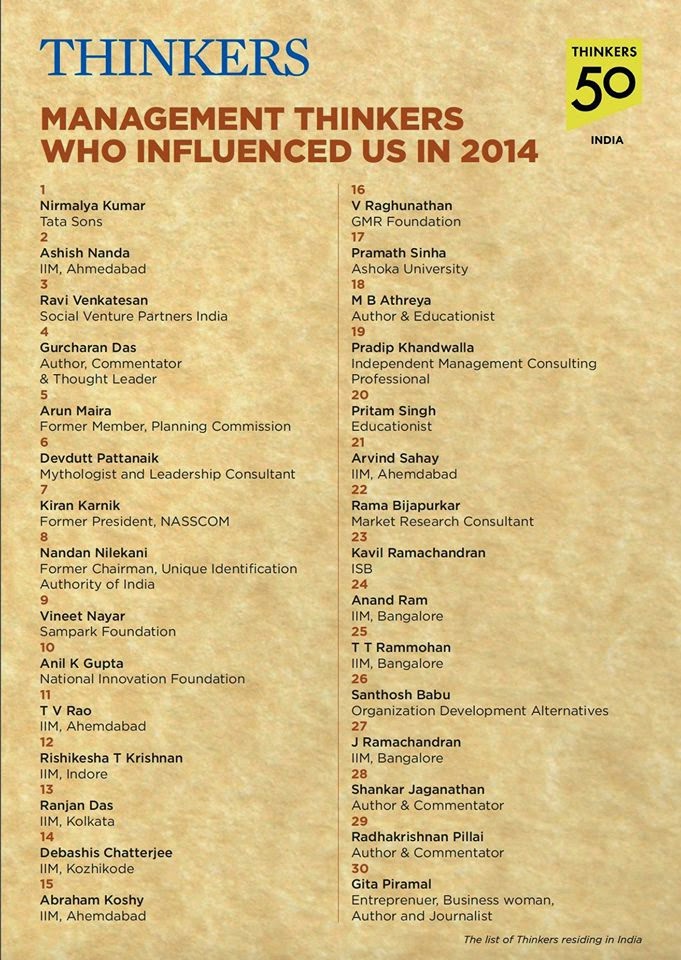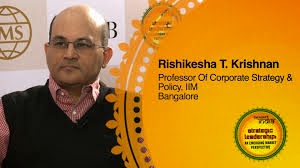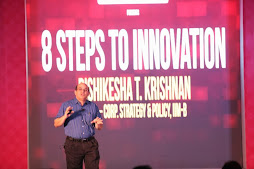Dr. Madhukar Pai of McGill and Dr. John Kenneth of St. John’s Research Institute put together a fascinating conference last week with a simple objective: can we come up with low-cost yet accurate diagnostic tools for turberculosis (TB)?
What’s the problem? India accounts for 22% of all TB cases in the world, and for 25% of the Multi Drug Resistant (MDR) cases. We have a national programme to detect and cure TB that has done well – the whole country has been covered by both diagnostic and curative efforts, and we have met the Millennium Development Goals in this area – yet, case detection has plateaued around 72%, and treatment success rate at around 87%. There are still 280,000 deaths every year due to TB. And undetected and untreated patients spread the disease rapidly to others.
The primary diagnostic tool used for TB – a sputum smear test – is more than a hundred years old, needs skilled manpower, takes several hours to give results, and has limitations with respect to accuracy. New technology in the form of molecular imaging is now available – e.g. Xpert MTB/RIF, a molecular imaging platform developed by the Foundation for Innovative New Diagnostics (FIND – a Geneva-based non-profit) and Cepheid, a Silicon Valley technology company – detects TB accurately and tests for drug resistance at the same time. Yet Xpert’s “discounted” $17,000 price tag for the equipment, and $17 price tag for the cartridge make it an unlikely candidate for rapid diffusion across India and the rest of the developing world.
The Challenge? To create a low-cost, accurate, high-quality, reliable, easy-to-use test to diagnose TB. Though a FIND-study reports a global market size in excess of $ 1 Billion, a quick estimate by a McKinsey & Co. consultant indicates that the size of the addressable market is $75-100 million. Any test developed has to displace the 1.5 million serological tests of doubtful utility conducted by the private sector in India.
Given the size of the market, this may not be attractive for a large diagnostic company. But wouldn’t this be a great learning opportunity for India? Can’t we put our biotechnology, pharma, statistics, and instrumentation students to work on creating alternate TB diagnostics? The spin-offs in terms of experience, learning and creation of expertise would far out-strip the costs involved.
A problem is that we don’t have the organizational and institutional structures or programmes that could make this happen. Nor are our national implementation programmes geared up to provide support to such development. Even if we were to come up with such a diagnostic, we don’t have a public procurement policy that would rapidly diffuse it across the country. And even before that, a big challenge is to follow the rigour and discipline needed to test and validate the diagnostic. We desperately need to build these capabilities if we are to graduate to a higher level of innovation in the biopharma sector. (The usual barriers to innovation exist as well – see my presentation at the conference at https://docs.google.com/viewer?a=v&pid=explorer&chrome=true&srcid=0B_JQN9Y6fQRsNTZmMDBjMjktMmVmOC00NWJjLTllN2YtODVkYjRhZDNiODNk&hl=en_US )
The good news is that we have a growing set of highly capable entrepreneurs in this area. Speaking to some of them at the TB Diagnostics conference, I realized that they are raring to go. Particularly impressive were Dhananjaya Dendukuri of Achira Labs, Anu Acharya of Ocimum and Ravi Kumar of Xcyton Diagnostics. Can we provide the support required to let them flower and bloom?














